| |







|
 |

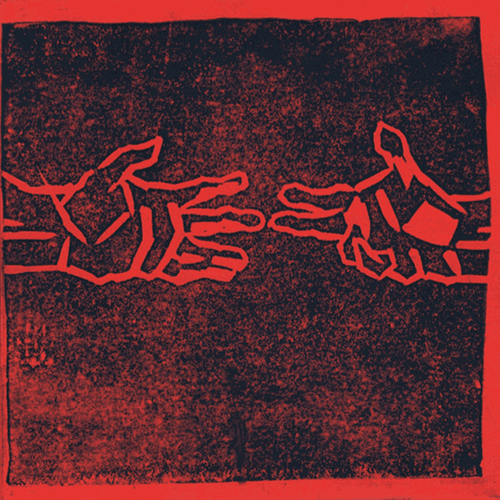
Le Vif Focus (26/04//2018)
Tous deux élèves (libres) et partenaires de Peter Kowaltd (de son vivant le plus grand des bassistes free de la scène européenne avec l'Anglais Barry Guy), Gunda Gottschalk (violon, alto, voix) et Peter Jacquemyn (contrebasse, voix) se sont naturellement associés après la disparition du maître au sein d'un duo (et parfois d'un trio, en compagnie de l'accordéoniste Ute Volker) dédié à la liberté musicale. Qui a déjà eu l'occasion de voir Jacquemyn sur scène n'a pu qu'être bluffé par l'incroyable débauche d'énergie dont il fait montre dans un corps-à-corps constant avec sa contrebasse dont il sort des sons inouïs. Entre musique et happening, ses performances ne sont pourtant jamais aussi étincelantes que lorsqu'il joue avec Gunda, son âme soeur, leurs rencontres, toujours empreintes d'une grande musicalité, fusionnant musique contemporaine, bruitisme, jazz et, surtout, improvisation libre. Ce disque en constitue la démonstration parfaite à travers un voyage ( Viaggio) décliné en séquences servies par une belle prise de son. Les deux musiciens, qu'ils jouent de leurs instruments ou utilisent, parcimonieusement, la voix -de gorge et proche des polyphonies mongoles pour le contrebassiste- se situent, ici, au sommet d'un talent collectif éclatant et quasi télépathique."
Ian Patterson, All About Jazz (13/03/2018) ****
"The collaboration between violinist Gunda Gottschalk and bassist Peter Jacquemyn dates back to 1995, with the duo expanding to a trio in the live arena with the addition of accordionist Ute Völker. Non é Prohibito (el NEGOCITO Records, 2017) is only the duo's second recording and comes eighteen years after E Pericoloso Sporgersi (Valve Records, 1999). It's undoubtedly a hefty gap, although both musicians are busy in multiple settings -Jacquemyn most frequently in ensembles with alto saxophonist/bandoneon player André Goudbeek, and Gottschalk in the quintet Partita Radicale. As on their debut recording, Gottschalk and Jacquemyn once again dive headlong into entirely improvised dialog, with striking results.
The seven viaggi—or journeys—stem from free-jazz, an arena well familiar to both: Jacquemyn has played with the likes of Michael Moore, Tony Oxley, Peter Kowald and Barre Phillips, while Gottschalk's collaborations include guzhêng player Xu Feng Xia, William Parker, Susie Ibarra and Fred Frith. It's hardly surprising, therefore, that these improvisations are so fiercely uncompromising. In addition to violin, Gottschalk also attacks the strings of a viola, though only occasionally, on the most lyrical interludes, is it possible to distinguish the one from the other. Jacquemyn, in the main, works his bow, and both musicians employ wordless vocals, from nasal drone to something akin to a guttural, monastic mediation. Such articulations, however, are sparingly aired.
The pizzicato spluttering and sawing bowed bass of "Viaggio I" combine with frenetic energy and nerve-shredding effect like the soundtrack to some dystopian nightmare. Much of the music throughout is discordant and angular, the duo's healthy disregard for convention resulting in sounds that are, as on "Viaggio ii," evocative in turn of creaking wood, didgeridoo and animalistic mewling and growling. This is music, above all, that works on the nerves, emotions and one's imagination. For Gottschalk and Jacquemyn, as the album title suggests, nothing is out of bounds. There are also passages of quietly spun reverie, although the softly voiced interplay at the outset of the sixteen-minute "Viaggio iii" gradually evolves into a lunatic jig, the faintly sketched melodic lines themselves dissolving into more abstract sounds that maintain a tension, though not an easily discernible form, until the end.
Gottschalk and Jacquemyn embark in tandem, if not quite in unison, on "Viaggio iv," the arresting harmonics of their boldly interweaving lines repeatedly punctuated by islands of silence. The duo's maze-like paths are entirely unpredictable, though the very real sense of mutual purpose never diminishes as they spur each other on. The fractured narrative of "Viaggio v" is a tale of shifting moods. Beginning with a musical tit-for-tat, the duo exchanges staccato phrases like children's teasing mimicry; the soundscape then changes to urgent, car-horn brashness before the duo finds harmony in a gentle, melodic fade-out.
"Viaggio vi" a scratchy, fidgety affair, sees Gottschalk gravitate towards the violin's upper registers as Jacquemyn heads the opposite way with his bass. The duo signs off with "Viaggio vii," arguably the album's most atmospheric improvisation. Here, viola and bass carve out overlapping drones, Jacquemyn's barely wavering as Gottschalk's own evolves into a dark melody that compounds the sinister ambiance.
Non e Prohibito is an intense, challenging and liberating sonic journey, akin to passing through ever-changing scenery of an imaginary world. Thrilling and surprising in equal measure, it's also just a little disorienting. For those prepared to stay on board for the duration, however, and then willing to revisit Gottschalk and Jacquemyn's brave sonic world, the results are uniquely stimulating."
Guy Peters, Enola (06/12/2017)
"De verbazing die je soms te wachten staat in de vrije muziek, wordt mooi geïllustreerd door dit album na het vorige te beluisteren. Maakten we bij het trioalbum de bedenking dat het er allemaal vrij goed in ging, dan is dit een veel taaier beestje. Ten dele omdat het instrumentarium wat vernauwt, maar vooral ook omdat de lengte van de stukken hier verdubbelt. Je kan nog altijd spreken van een enorm breed dynamisch bereik doorheen het album, maar het gebeurt veel meer in de diepte, want aan het oppervlak is dit een veel massiever en homogener album. Het is bovendien ook bedoeld als uitdieping van het in 1999 verschenen E Pericoloso Sporgersi, destijds het eerste duoalbum van Gottschalk en Jacquemyn, een staalkaart van maar liefst zeventien improvisaties.
Op dit album vinden we zo zeven stuks, genaamd "Viaggio I-VII", met een duur tussen vijf en zestien minuten. Dat geeft de muzikanten veel ruimte om te proberen en te variëren, maar dus ook om geduldig in bepaalde zones te blijven hangen, waardoor er een grotere inspanning gevergd wordt van de concentratie bij de luisteraar. Dat begint al met het eerste deel, waarin het snelle gepluk op viool contrasteert met het grovere basgeschraap, dat samen leidt tot een schijnbaar warrig spel van contrasten, een wirwar van geluiden die heen en weer gekaatst worden met een soms benauwende intensiteit en fysieke suggestiviteit. Dat wordt zo mogelijk nog sterker in de verf gezet op "Viaggio II", waarin Jacquemyn de aanval op het hout heeft ingezet met ontzet gekraak en gezaag.
Daardoor voelt het soms ook aan als een spel, een strijd van aanrakingen, dat de spanning deels oplost door uit te monden in een dialoog van roterende bewegingen met een dwingende, hypnotiserende kracht. Sleutelstuk "Viaggio III" zet in een kwartier het complete boeltje te kijk, op laag én hoog volume, met koppige, zelfs autistische herhalingen en een totale vrijheid. Er duiken flarden op die weggeplukt lijken uit folk- of zigeunermelodieën, en heel even lijkt Jacquemyn te verdwalen in kamermuziekoorden, maar plots zijn ze ook vertrokken en voel je ondanks die tegenstellingen een gemeenschappelijke koers. Het wringt wel, maar het botst niet, en heel even krijg je één stem te horen die spreekt voor twee.
De twee hebben de speelzone dan uit de doeken gedaan en belichten volgens verschillende aspecten, de ene keer met samenspel dat aansluit bij hedendaagse muziek, en later met een grillige free-for-all vol staccato-accenten (heel even lijken ze te knipogen naar Herrmanns score voor Hitchcocks Psycho) of een nadruk op geluiden die je binnen de klassieke wereld nooit uit die instrumenten zal horen komen. Waar In Memoriam: Global Village eigenlijk een ideale introductie tot het werk van Jacquemyn is, is Non é Prohibito een geschikte kluif voor wie zich écht wil vastbijten, of bereid is mee te gaan, in een (nog) grotere uitdaging."
Fred Bouchard, The New York City Jazz Record, September 2017 p. 28 (09/2017)
"Gunda Gottschalk and Peter Jacquemyn work out their meetings of violin (doubling viola) and bass on É Pericoloso Sporgersi Ma Non É Prohibito. They seldom resort to formal classical gestures or lines while carving long arcs on their seven 'voyages'. "Viaggio 1" is edgy, high energy with lots of Gottschalk's itchy-scratchy, flamboyance versus Jacquemyn's rugged, earthy, grounding with zippy bowed walking (then talking) bass. "Viaggio 2" speaks of animal analogues: hyena squeals meet rhino grunts, then all goes quiet, athrob in the cicada-driven jungly night. "Viaggio 3" and "Viaggio 7" are solemn, dusky, with skittery/scary col legno passages and grating, rosin-heavy bows, while "Viaggio 4" has classic lyricism in fits (with a taste of the bridge of "Ol' Man River"), drifts and glisses to a folksy coda. Best are "Viaggio 5", spare, reactive, ping-pong escalating into astringent Bartók- ian see-sawing with a leisurely fade, and "Viaggio 6", nervous, squealing fiddle—shades of Billy Bang!— with grumbling mad-wasp bass.
These duos seem to play nearly pure improvisation, with few hints of 'jazz vernacular'. While both exhibit flashes of drama and humor, neither show much interest to please traditionalists."
Stef, The Free Jazz Collective (17/06/2017) ****
"In 1999, Gunda Gottschalk and Peter Jacquemyn released "E Pericoloso Sporgersi" (re-issued in 2009), a first duet between violin and bass, offering seventeen short improvisations, and which was awarded a prize in the young artist forum of the International Society for New Music. The title means"Leaning Out (the window) Is Dangerous", the first sentence in Italian most European kids learned when travelling the continent by train several decades ago, as did your servant. Today, they take it a step further, "leaning out is dangerous, but it's not forbidden", a title that gives a good idea of where the duo is taking us, far beyond the limits of safety.
And that's how the album starts, with "Viaggio 1" as a staccato dialogue of bowed strings, with short bursts and physical scrapings of strings and wood, and even when Jacquemyn brings something that ressembles a pattern, Gottschalk keeps delivering short and violent attacks with her bow, relentlessly and full of raw energy.
Gunda Gottschalk is classically trained, yet she switched quite rapidly to improvised and contemporary music, having played and released albums with Peter Kowald, who was also one of the mentors of Belgian bassist Peter Jacquemyn, a self-taught musician and visual artist.
"Viaggio 2", the second piece is of a totally different nature. The dark tension of the first part gradually shifts to minimalist repetitive phrases, uncanny and bizarre, over which Jacquemyn sings his wordless overtone singing, learned from a Mongolian tuva singer.
The long third piece shifts the whole time between moods, with even passages on the violin that could be labeled as melancholy or sad, or quiet and subdued, brought by a more paced and less intense dialogue, with both musicians often moving the music forward in the same direction. It offers a gentler side to Jacquemyn's playing, but one of strong interplay and joint musical vision.
I will not go into the detail of each track - four more to go - of completely improvised music, all called Viaggio (journey" in Italian). There is no plan, no concept, just interaction in the moment, and the duo varies a lot. They tease, they battle, they walk hand in hand, they quarrel and they find beauty, only to tear it to pieces with as much pleasure it took to create it, but most of all they explore, the unearth sounds to show the other, who gets inspired to do the same or to challenge, but they travel on the same journey, they make the journey. It's not easy to be invited with them, but once you are, it's a rewarding trip, participating in the creation of music. "
|
 |
  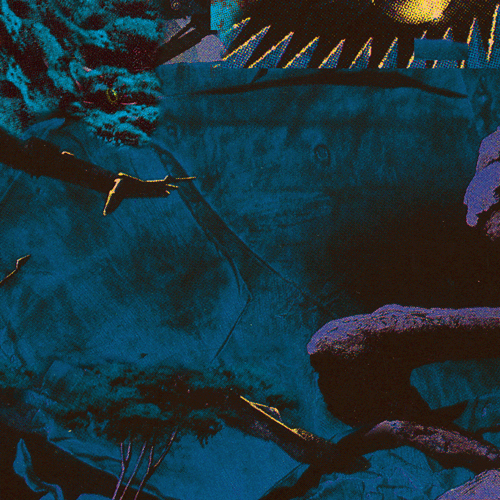 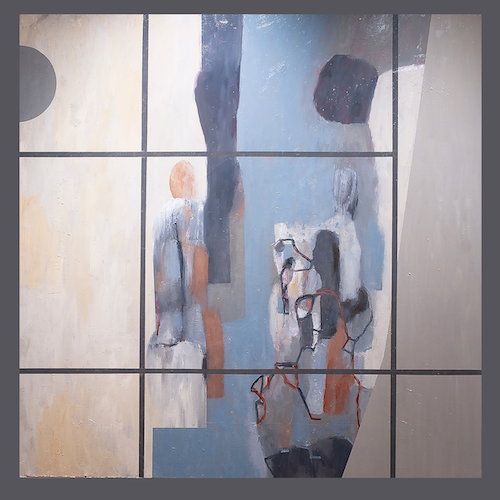 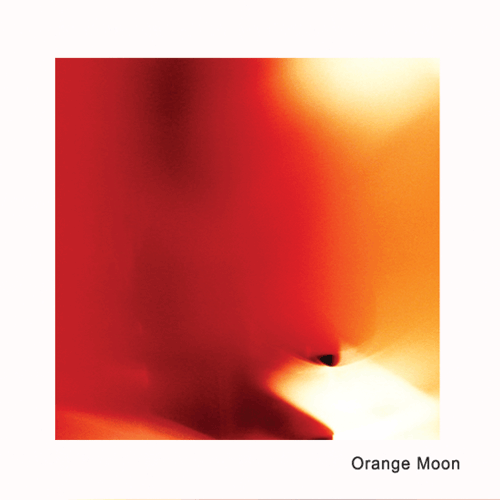
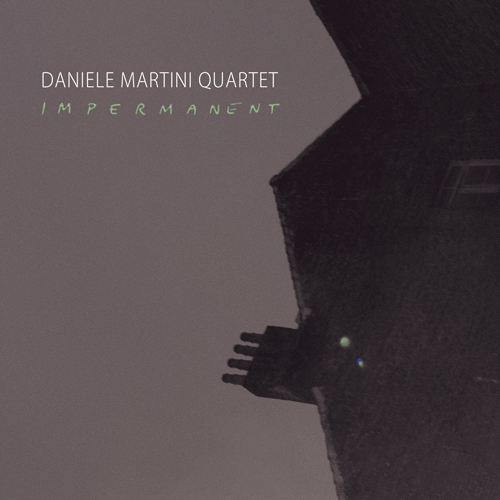    
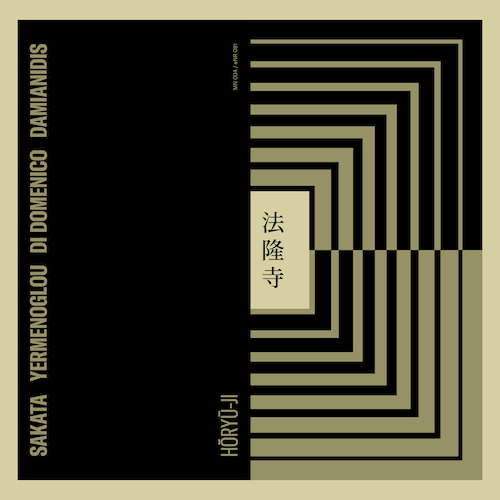 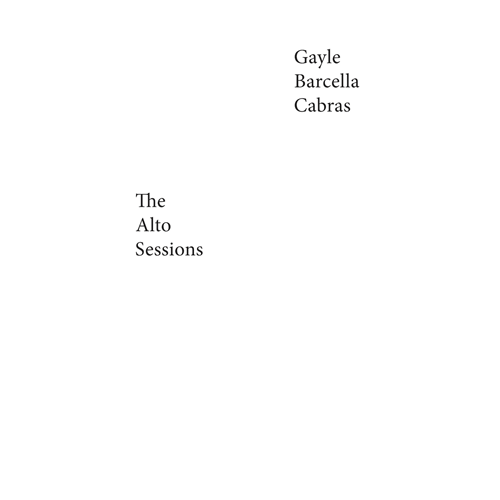  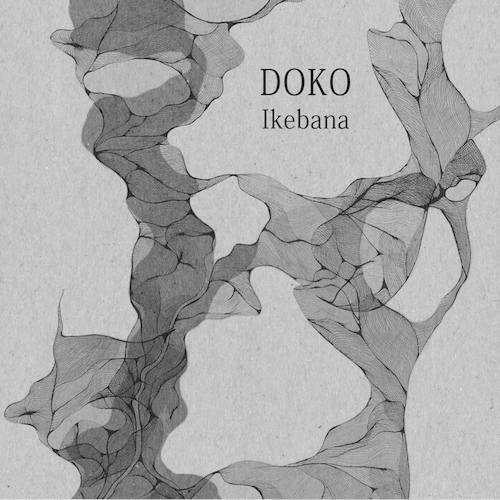 
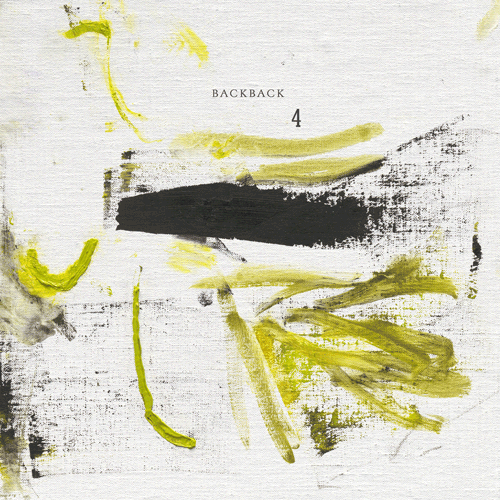 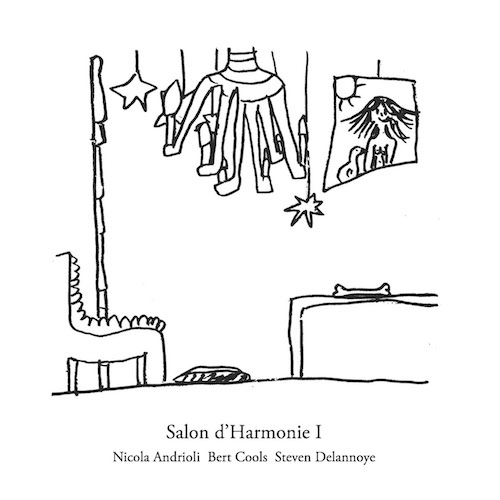  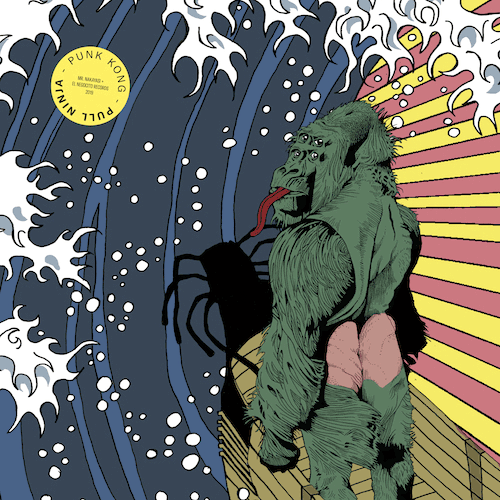 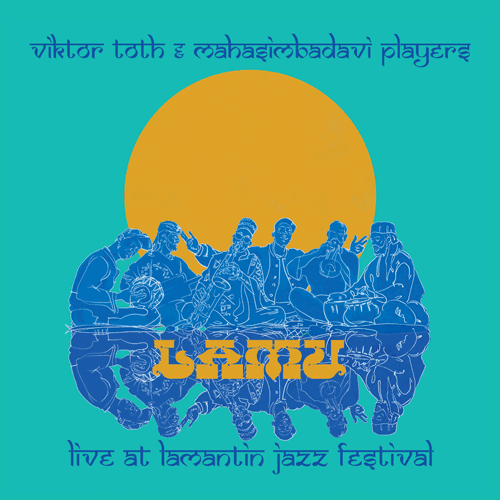
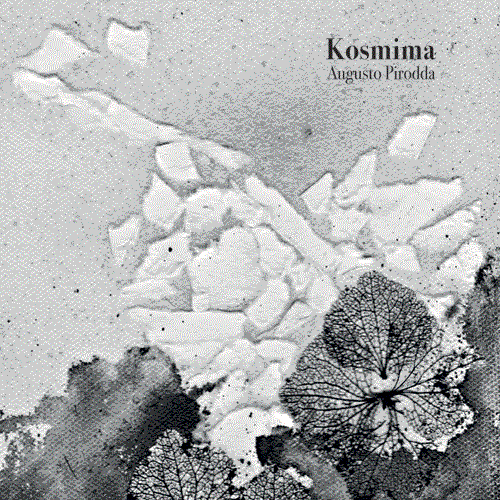 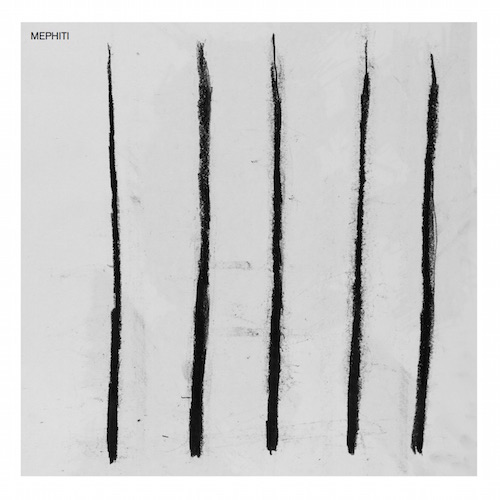  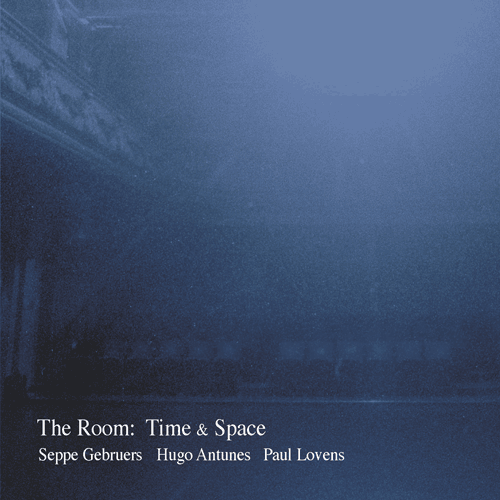 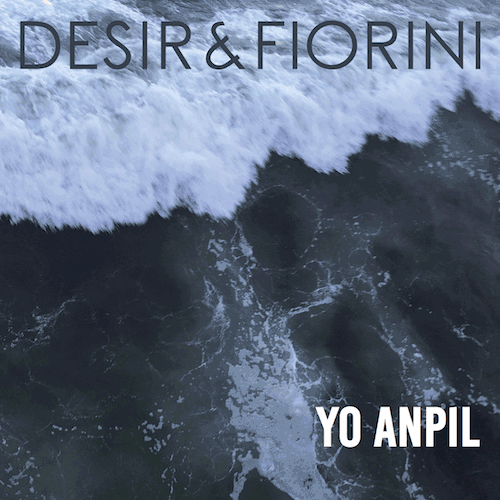
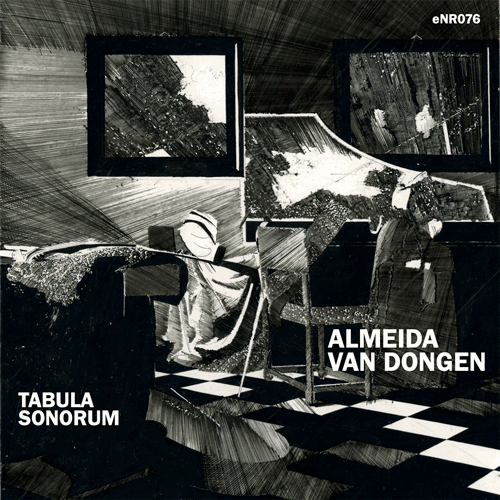 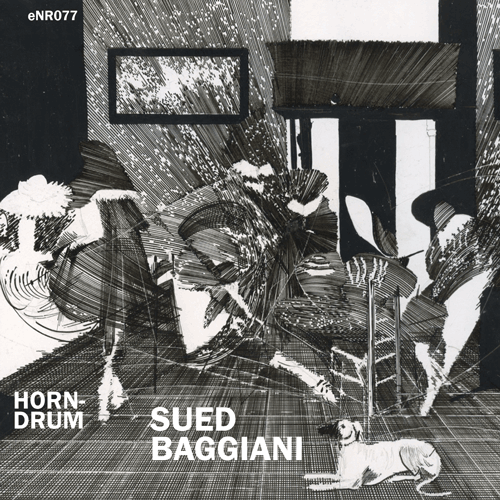 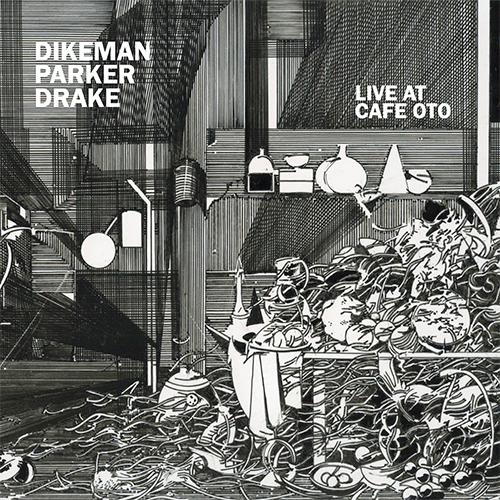 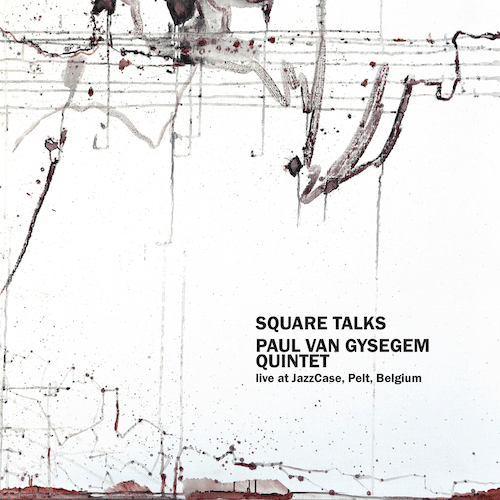 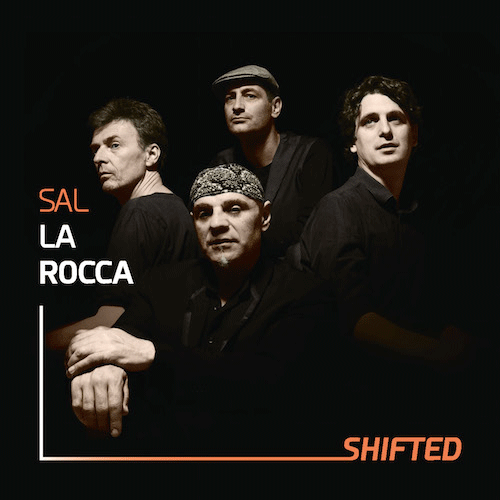
 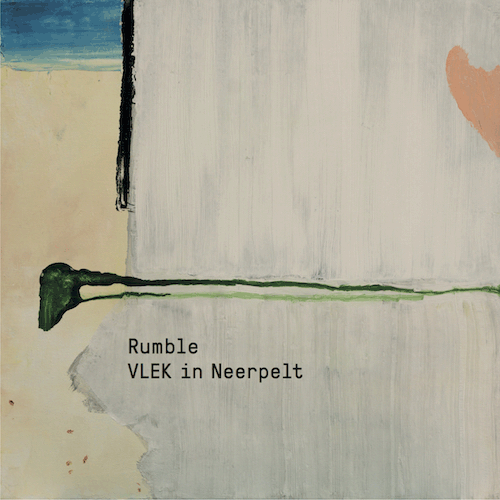 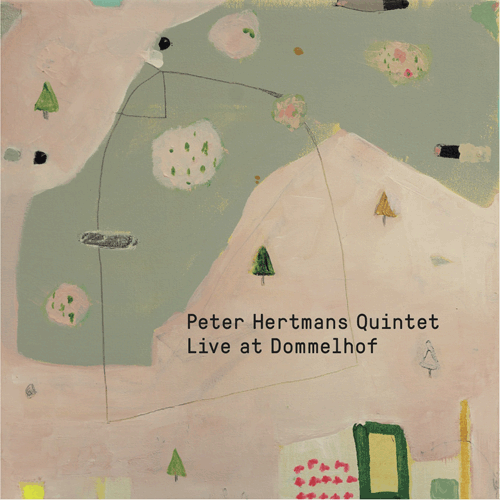 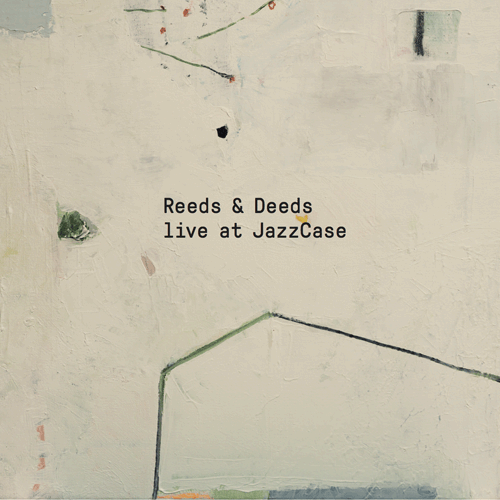 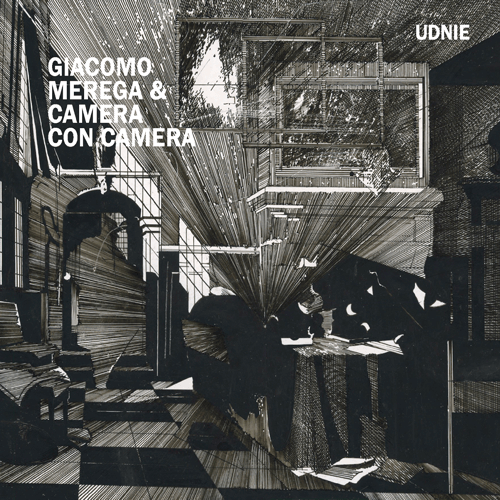
 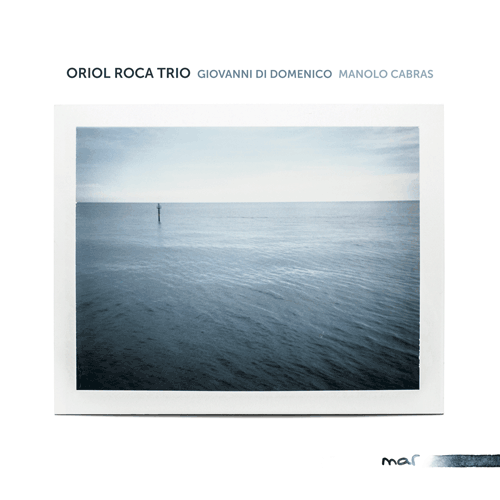 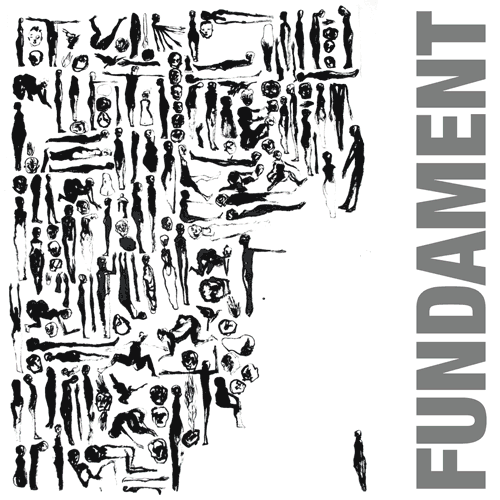  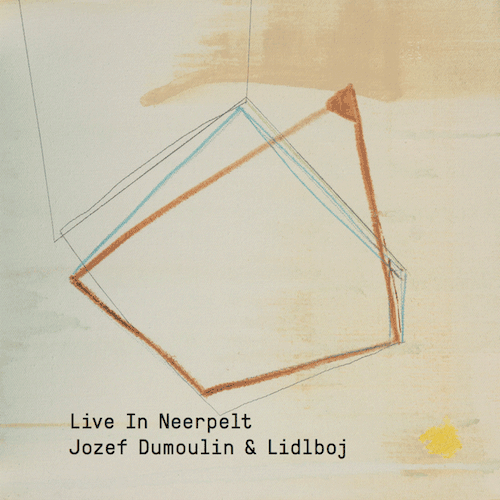
 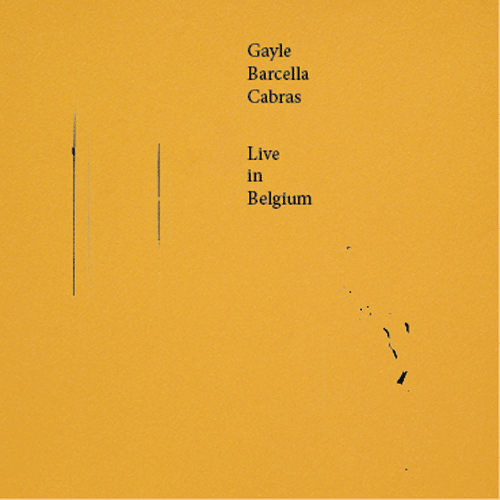   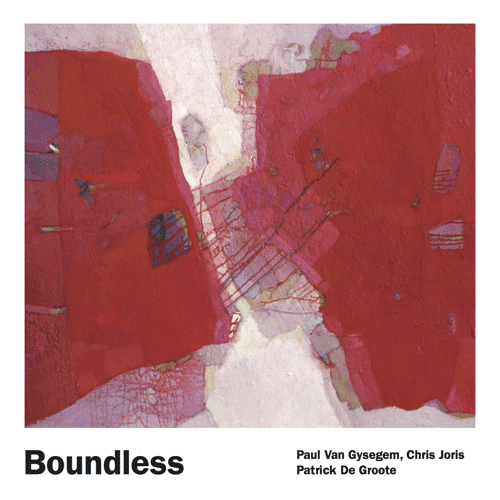
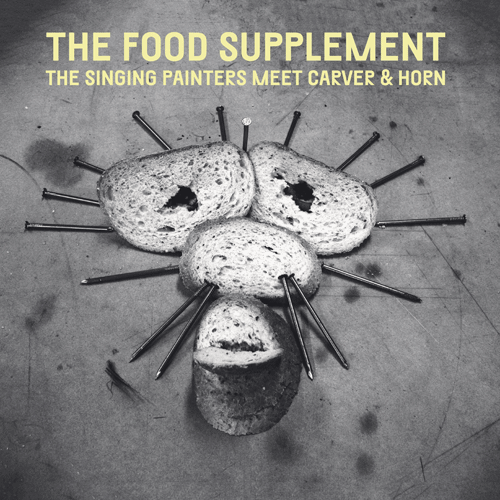 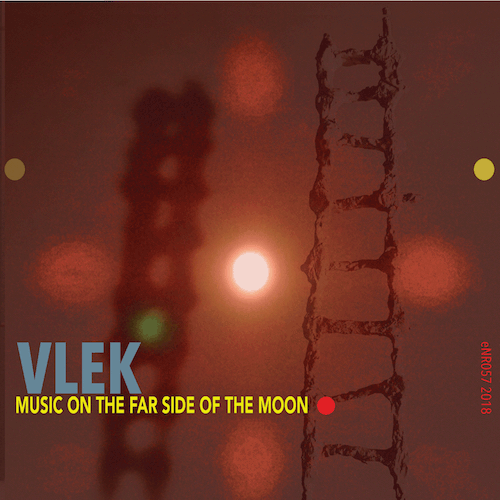 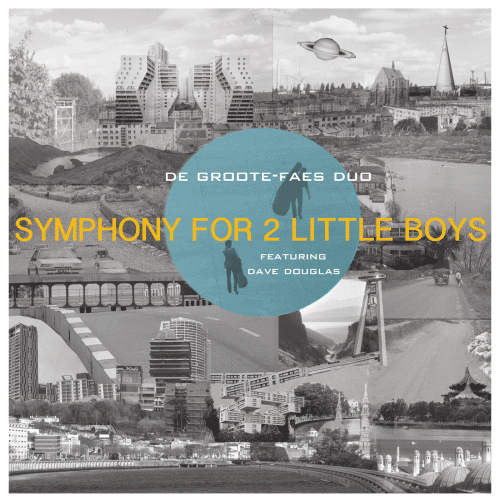 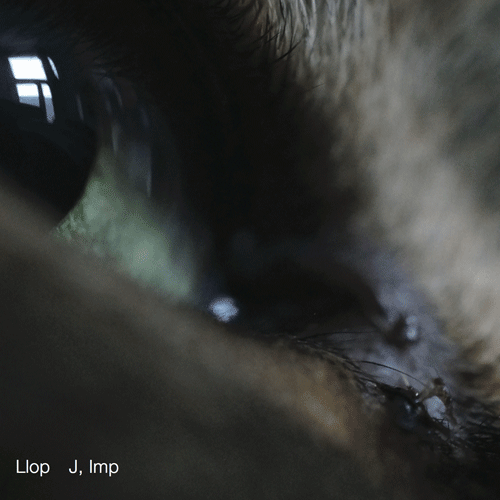 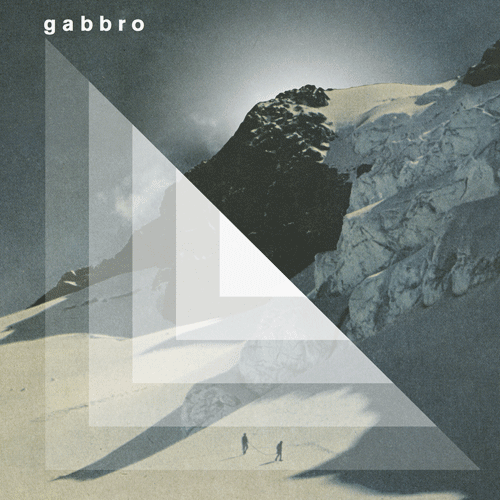
 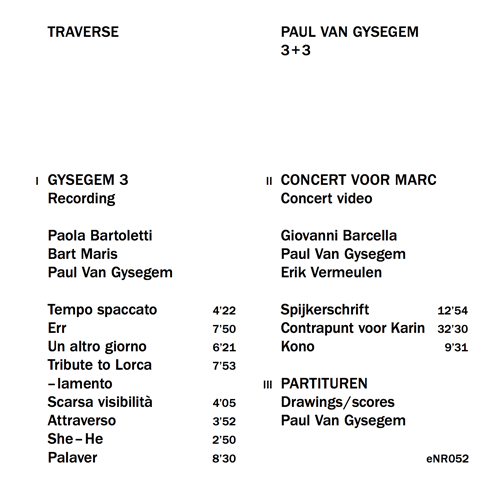 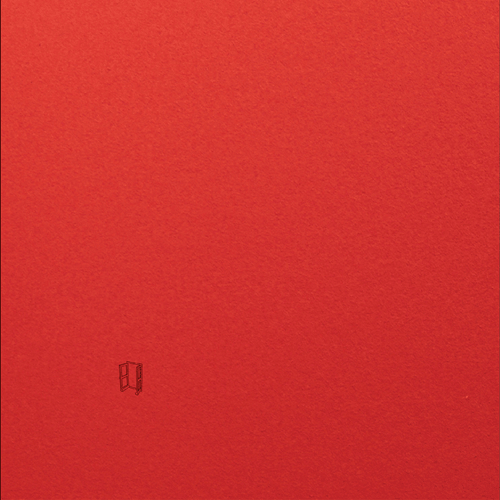 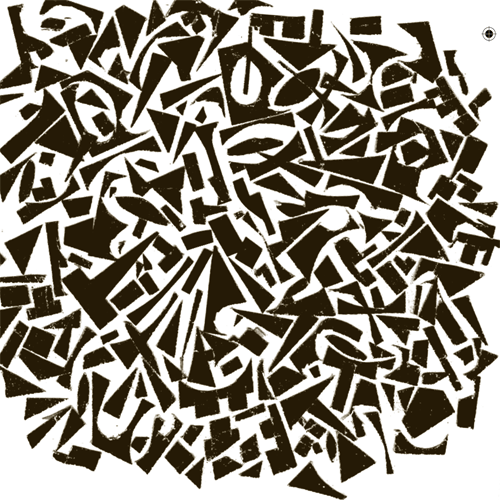 
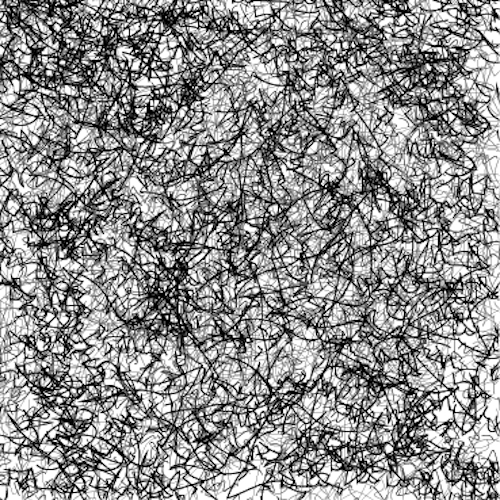  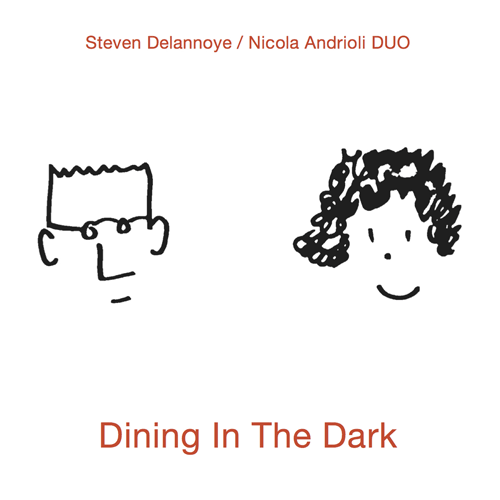 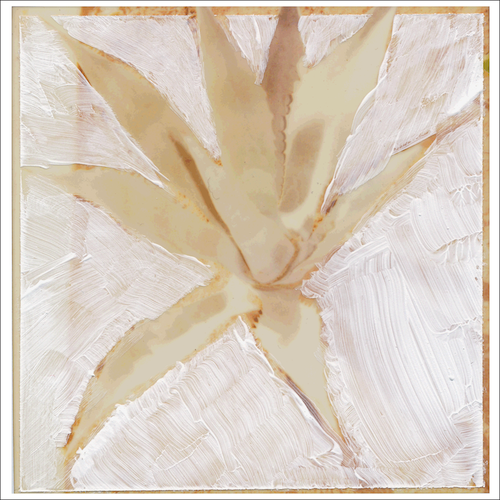 
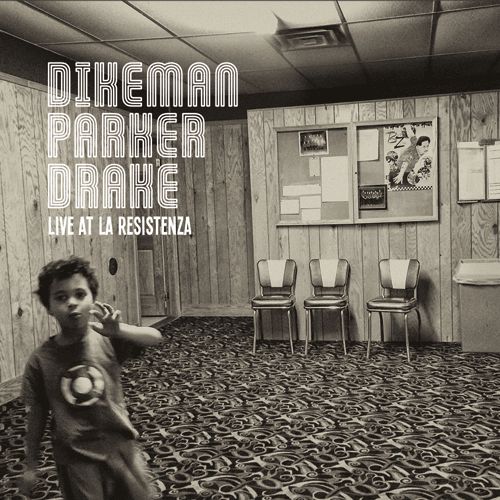 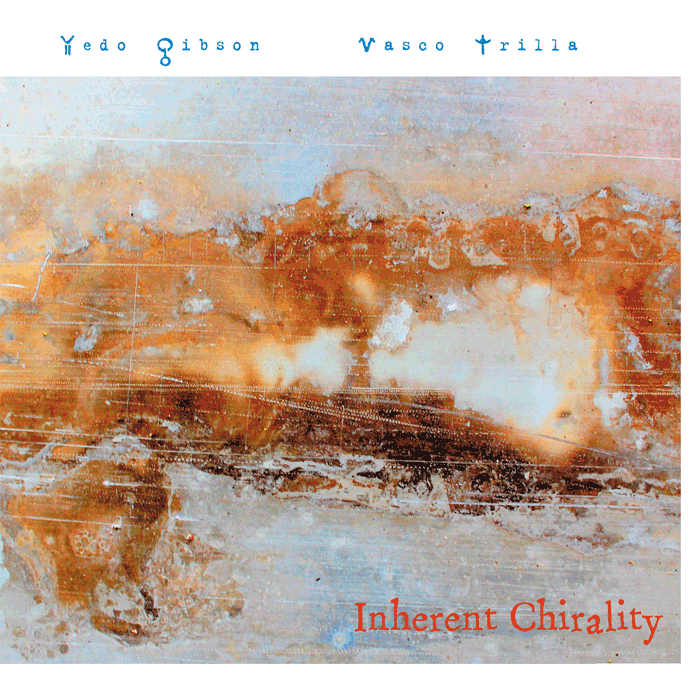 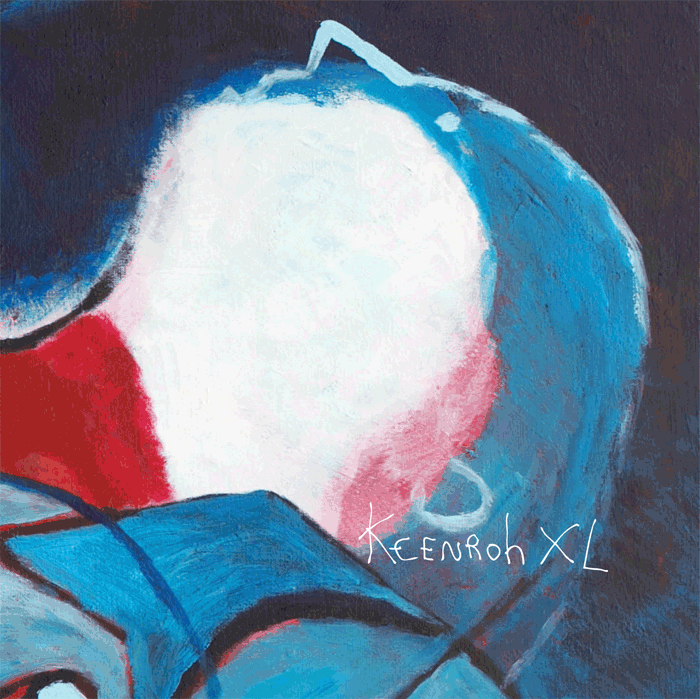  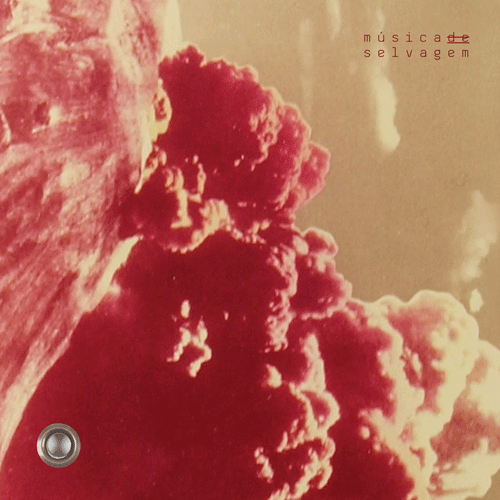
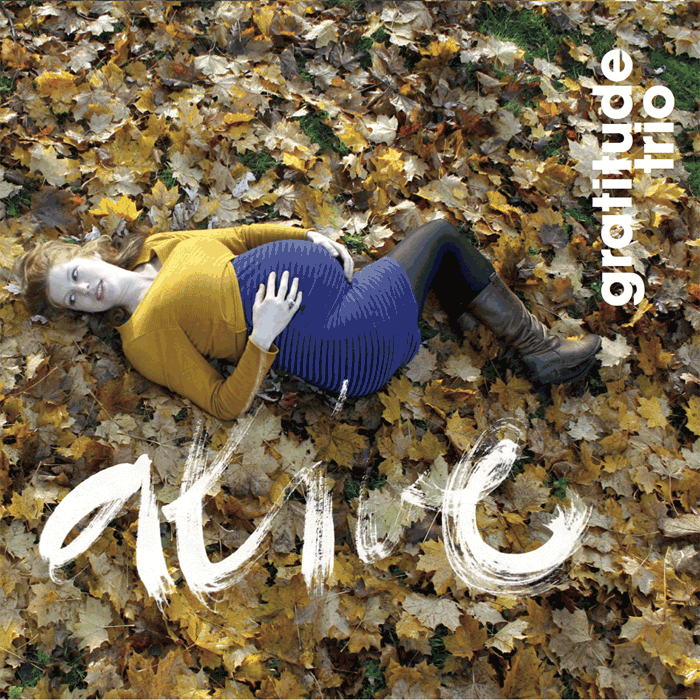 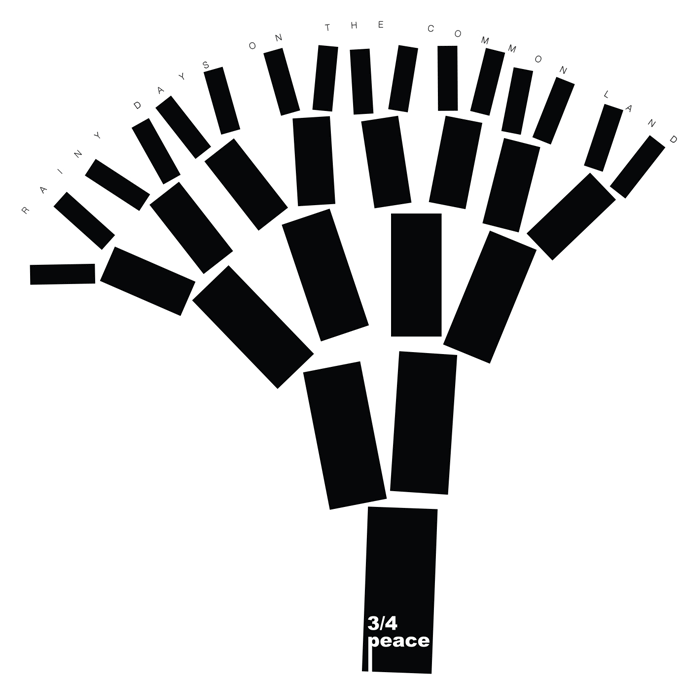 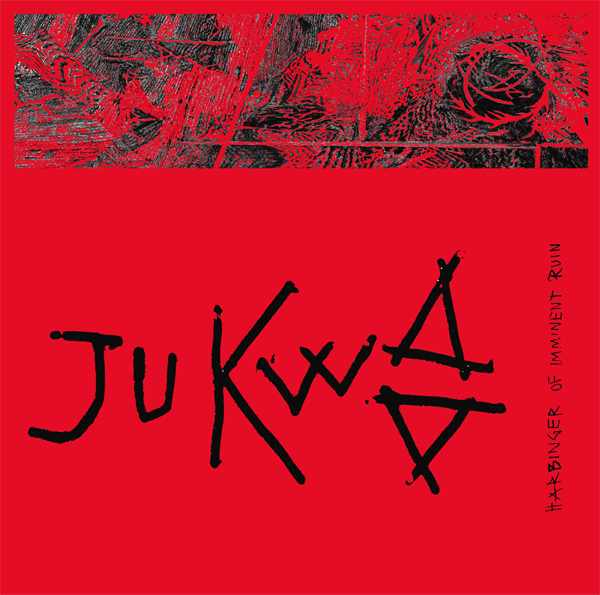  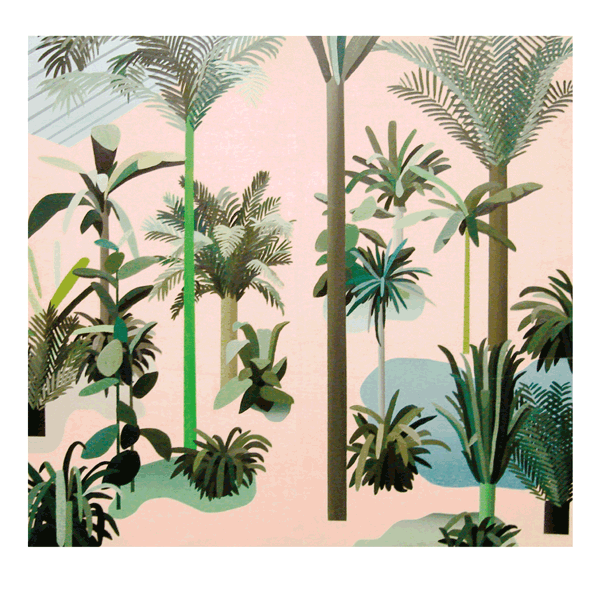
 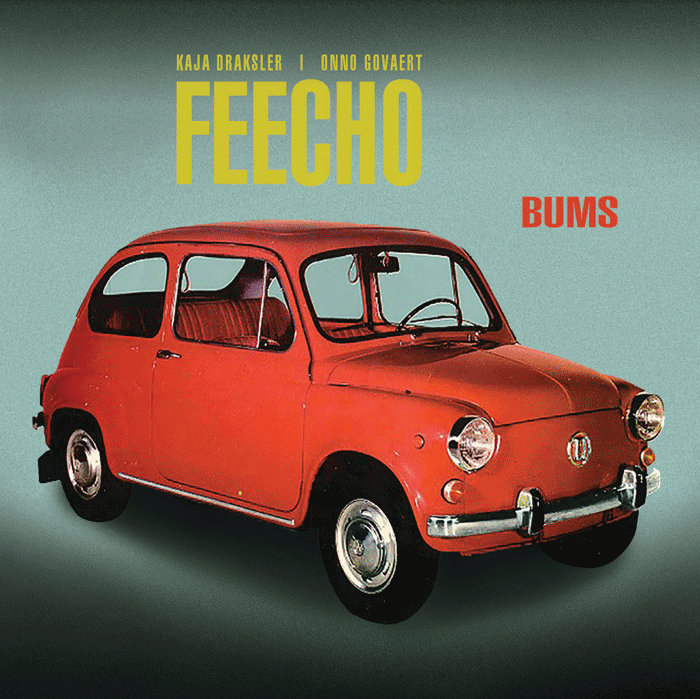  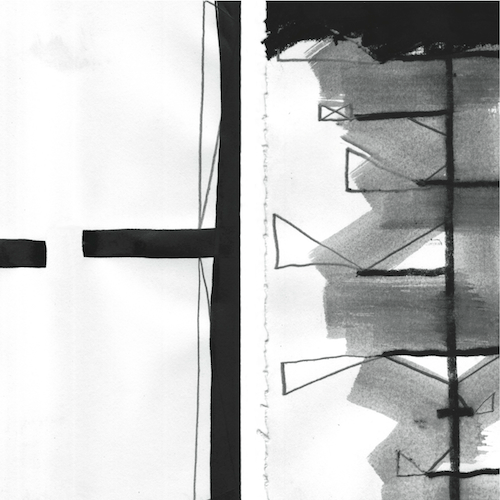 
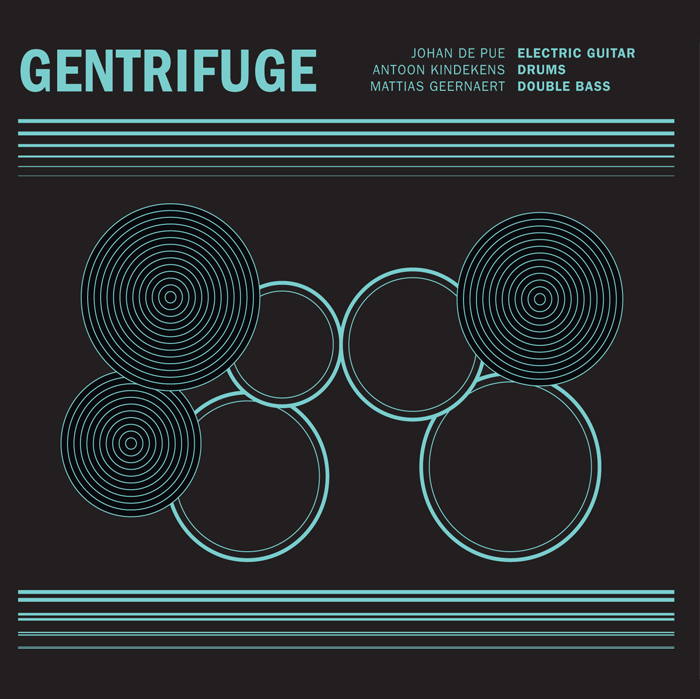 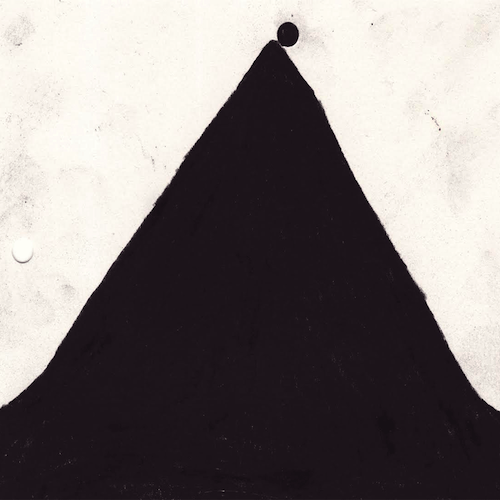 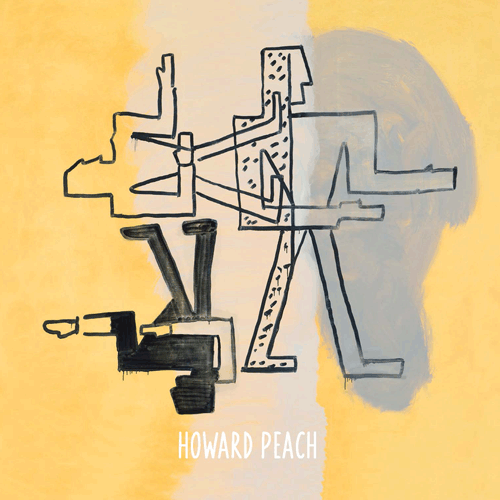 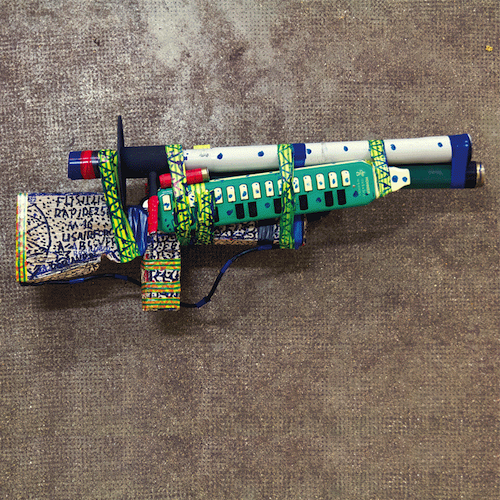 
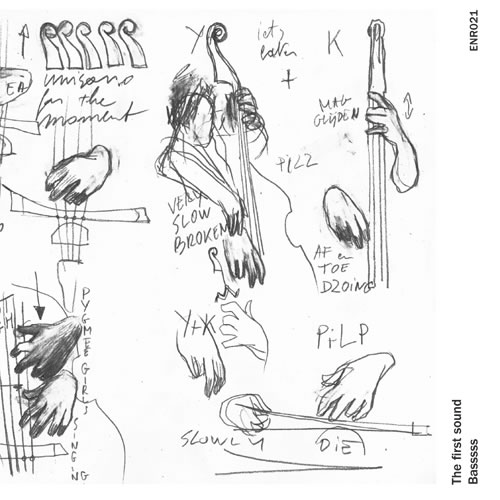 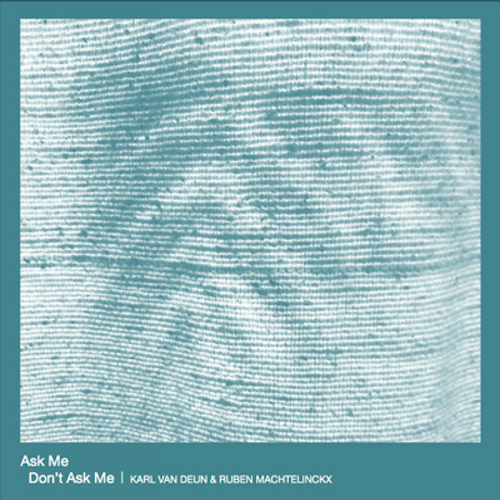  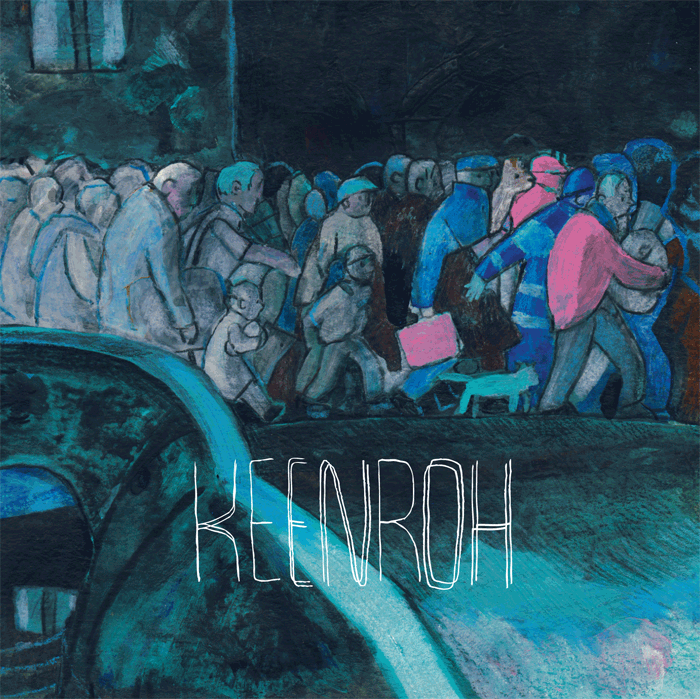 
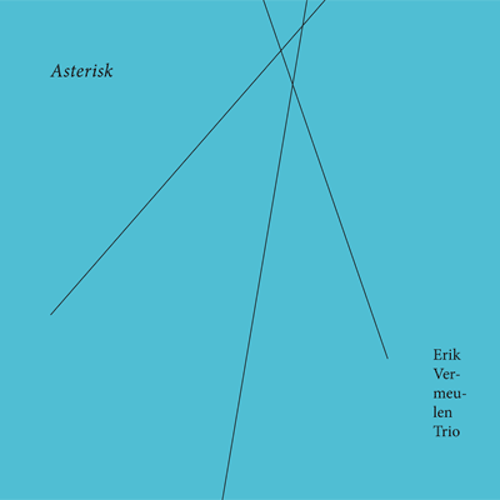 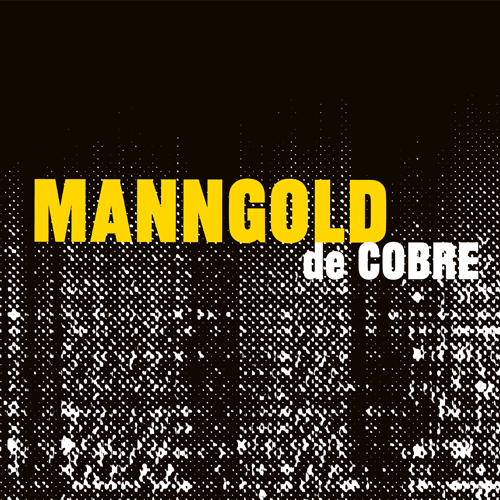 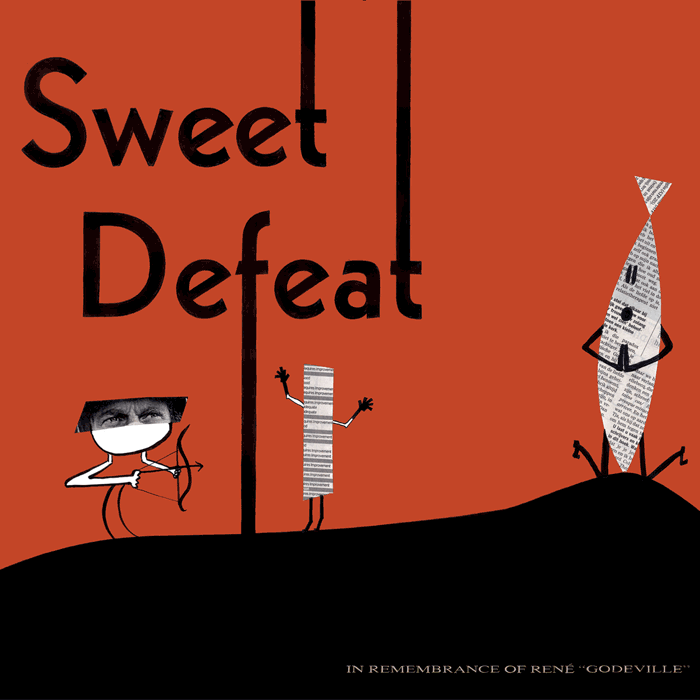 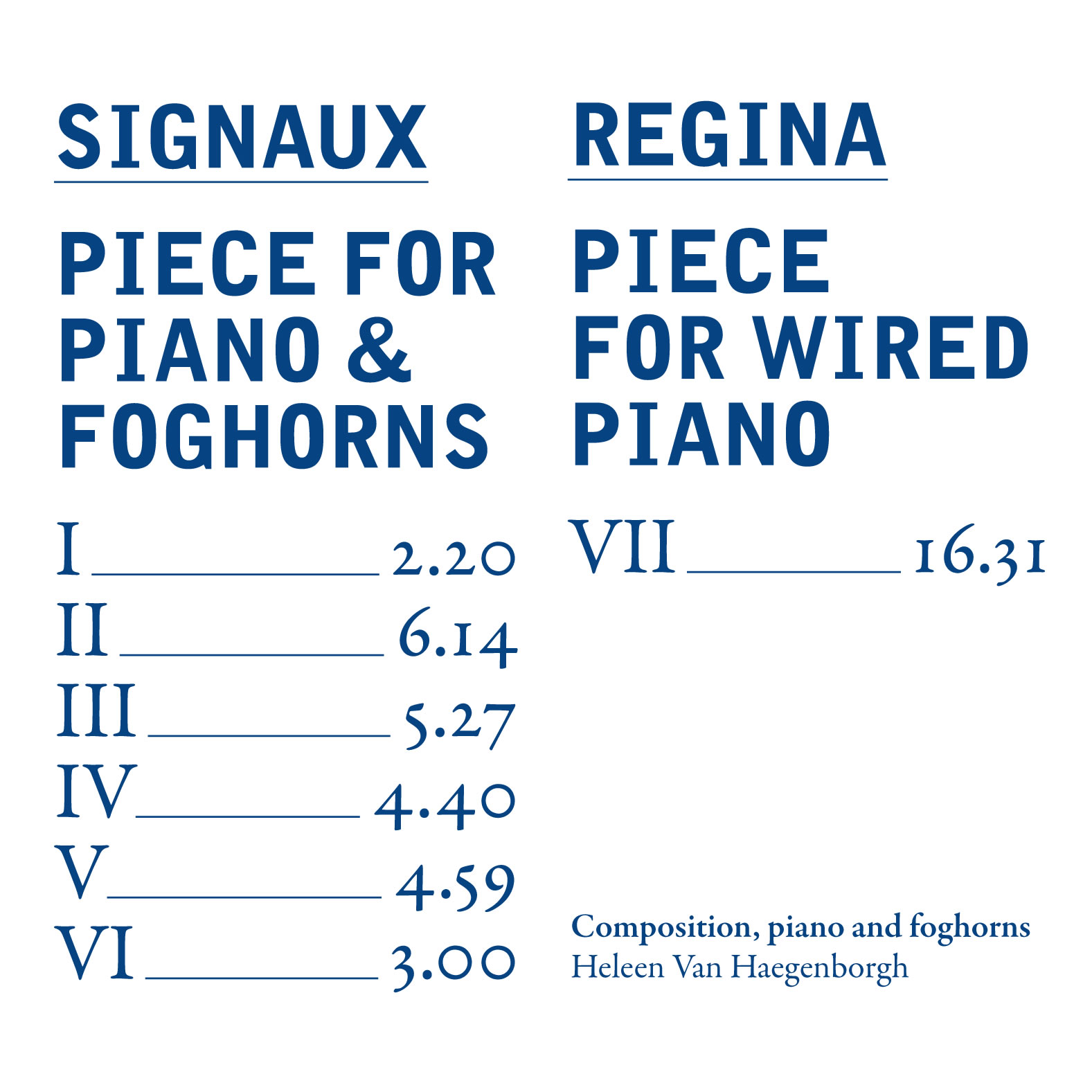 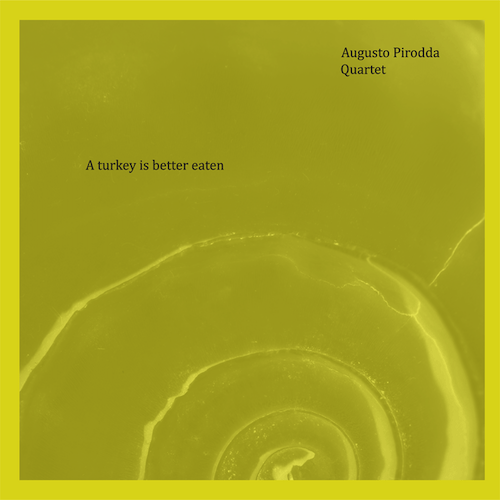
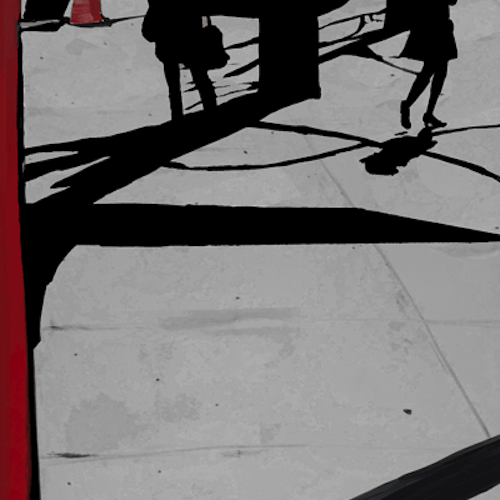 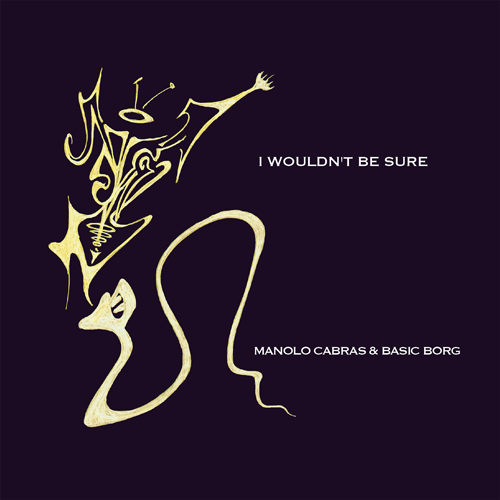  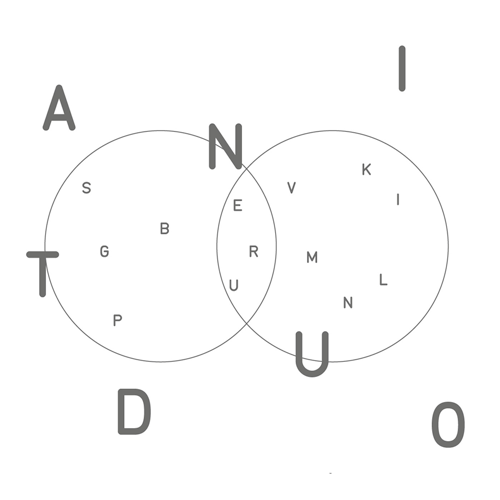 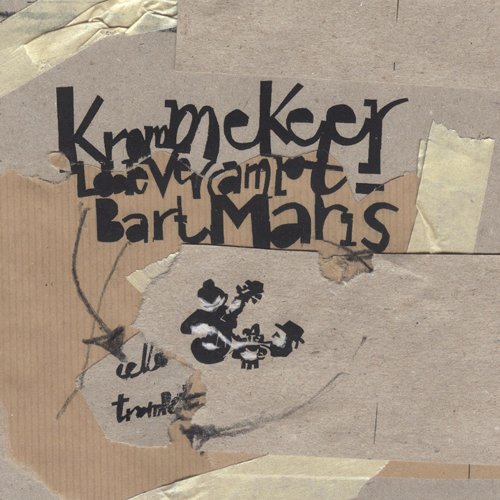
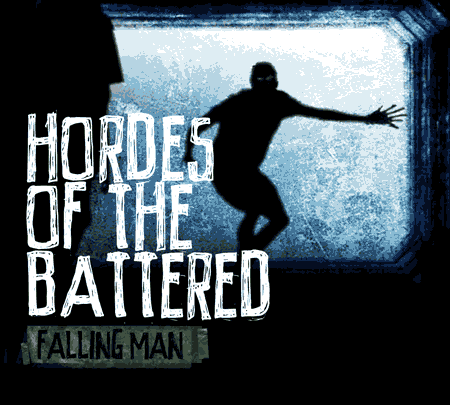 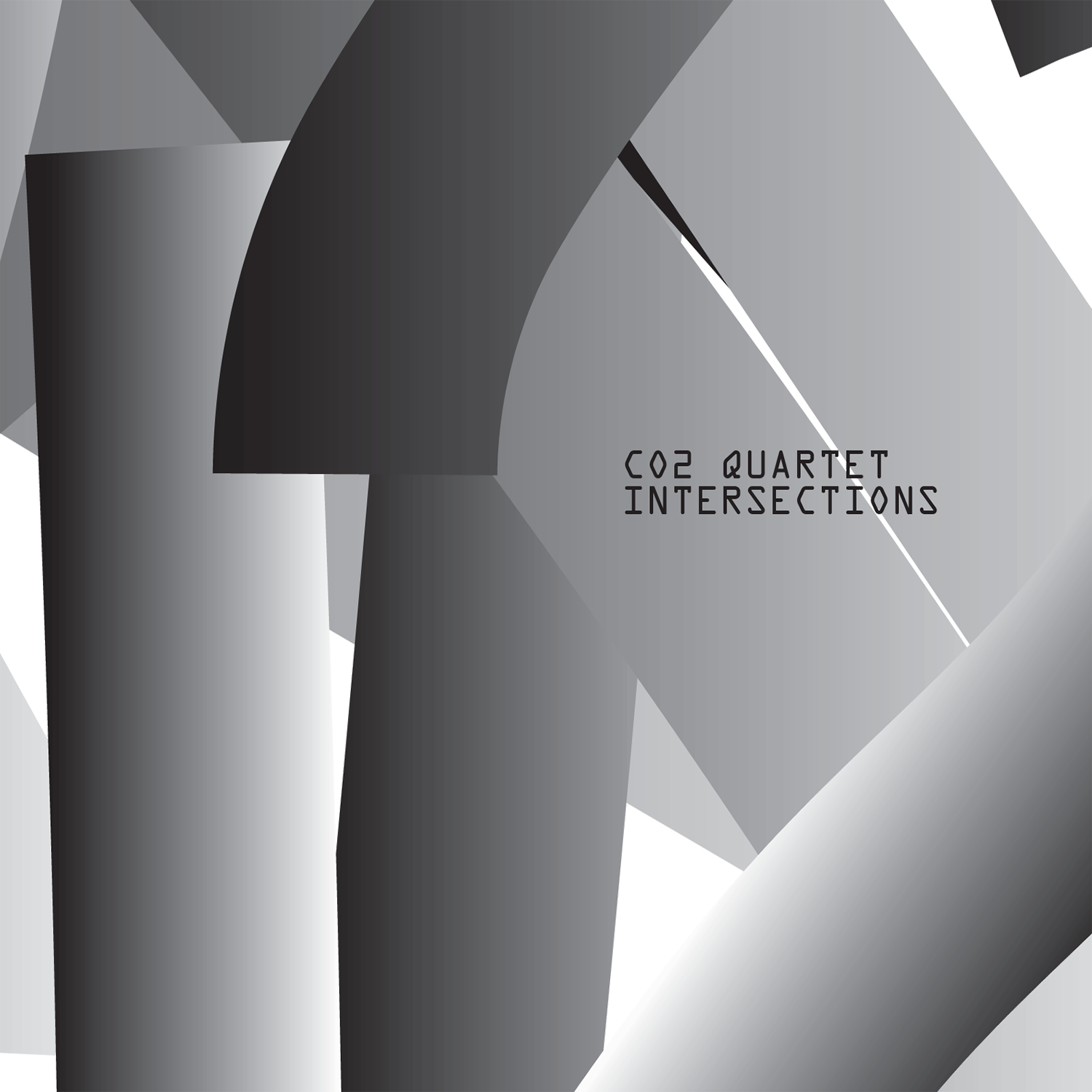 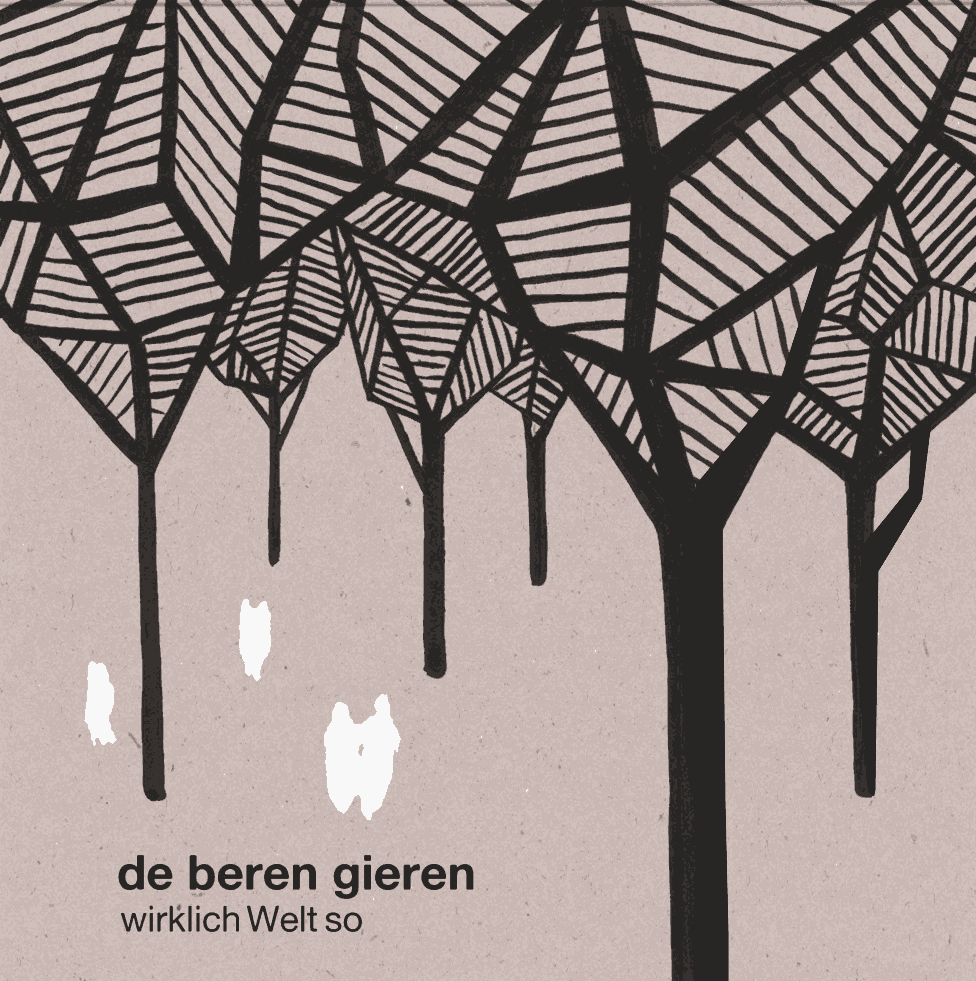  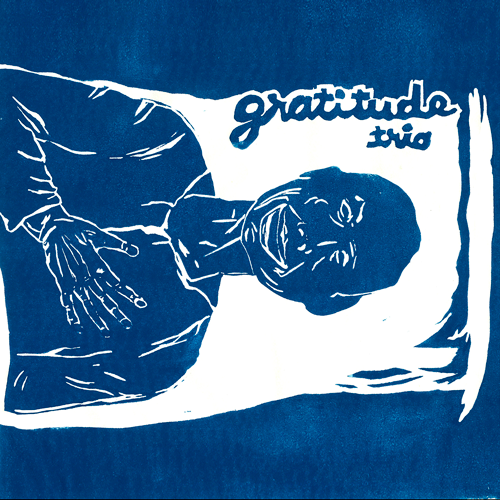
  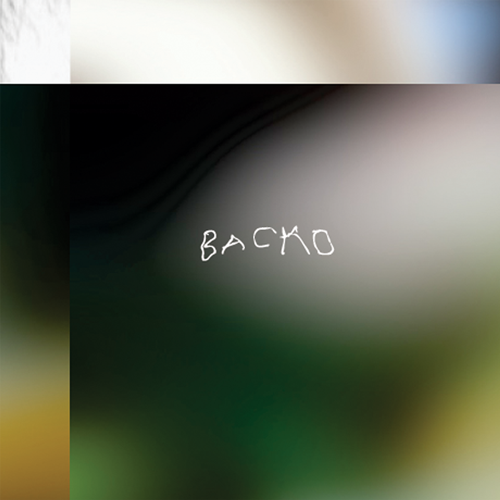 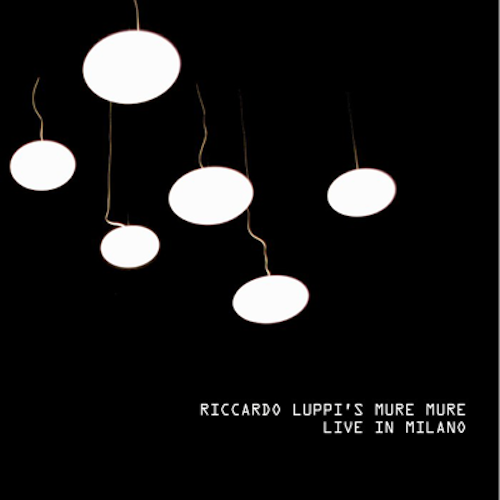 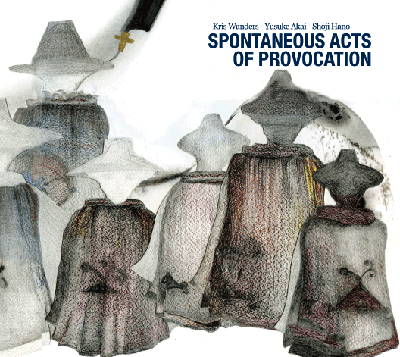
 |
|



